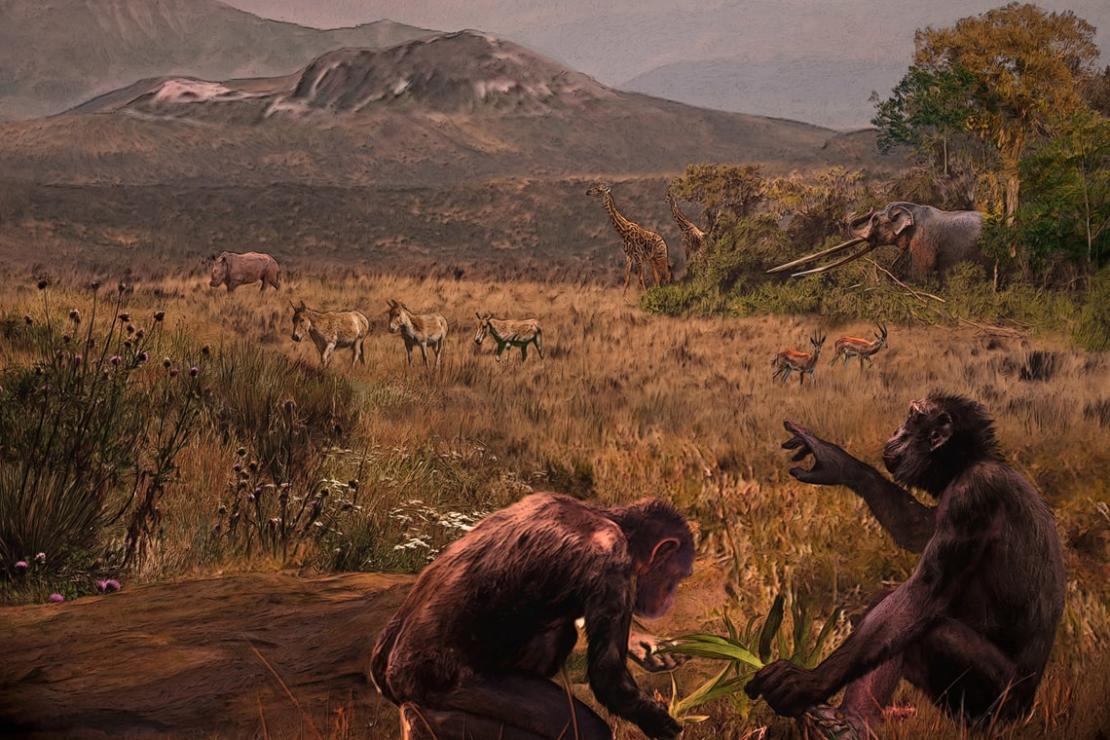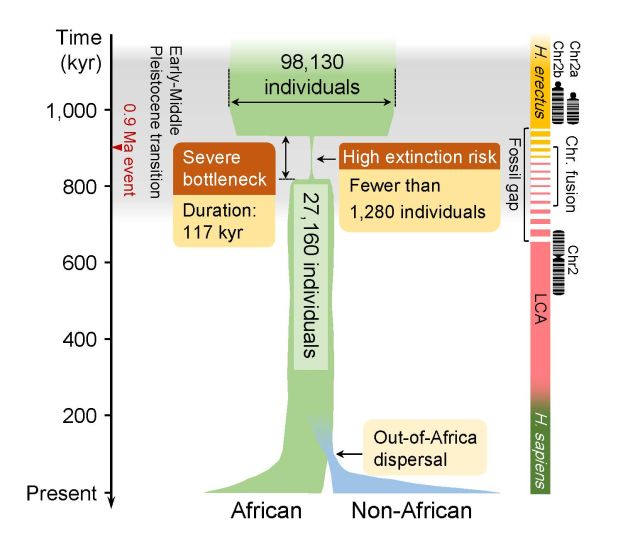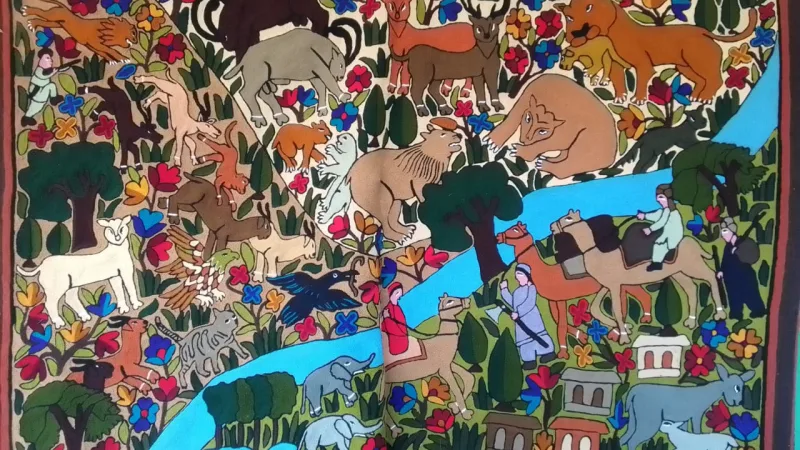900,000 Years Back: Human Ancestors on the Brink of Extinction

A new study suggests that human ancestors came perilously close to extinction almost a million years ago. Genomic data from 3,154 modern humans reveals that the population decreased from around 100,000 to just 1,280 breeding individuals approximately 900,000 years ago. This astonishing decline of 98.7 percent lasted for 117,000 years and posed a significant threat to the survival of humanity. However, the fact that we exist today in such vast numbers is evidence that our ancestors managed to avert extinction. These findings also shed light on a gap in the human fossil record from the Pleistocene era.
This astonishing decline of 98.7 percent lasted for 117,000 years and posed a significant threat to the survival of humanity.
Uncovering the Ancient Genetic Bottleneck
The research, led by geneticists Haipeng Li of the Chinese Academy of Sciences and Yi-Hsuan Pan of East China Normal University, provides a possible explanation for the lack of fossils during that period. Anthropologist Giorgio Manzi of Sapienza University of Rome suggests that the absence of African and Eurasian fossil records could be attributed to this bottleneck event during the Early Stone Age.
Population bottlenecks, where a species experiences a significant reduction in numbers, are not uncommon. In the case of humans, various factors such as war, famine, and climate crises can lead to a decline in genetic diversity, as seen in a more recent bottleneck around 7,000 years ago. However, the further back in time we look, the more challenging it becomes to discern meaningful information from the data.
To overcome this challenge, the research team developed a new method called the fast infinitesimal time coalescent process (FitCoal). By applying FitCoal to the genomic data of 3,154 individuals from around the world, the researchers detected a substantial population bottleneck between 930,000 and 813,000 years ago. This bottleneck resulted in a loss of genetic diversity of up to 65.85 percent.
Diagram Depicting the Recent Genetic Bottleneck Discovery. Via: Science

How Ancestors Averted Extinction
Determining the exact cause of the bottleneck remains uncertain, but one possibility is the Mid-Pleistocene Transition, a period when Earth’s glaciation cycles underwent dramatic changes. The significant climate turmoil during this time could have created harsh conditions for the human populations, leading to famine and conflict that further decreased their numbers.
The bottleneck event also seems to have influenced the human genome by contributing to the fusion of two chromosomes, forming what is now known as chromosome 2. Unlike humans with 23 pairs of chromosomes, other living hominids, including great apes, possess 24 pairs. The formation of chromosome 2 marked a speciation event that set humans on a distinct evolutionary trajectory.
Evolutionary Implications
These findings open up new avenues for understanding human evolution during the Early to Middle Pleistocene transition period, prompting questions about where these individuals lived, how they survived the catastrophic climate changes, and whether natural selection during the bottleneck accelerated the evolution of the human brain. This study is just the beginning, and future research aims to paint a more comprehensive picture of our ancestral origins and evolution during this critical period.
The research findings have been published in the journal Science.






